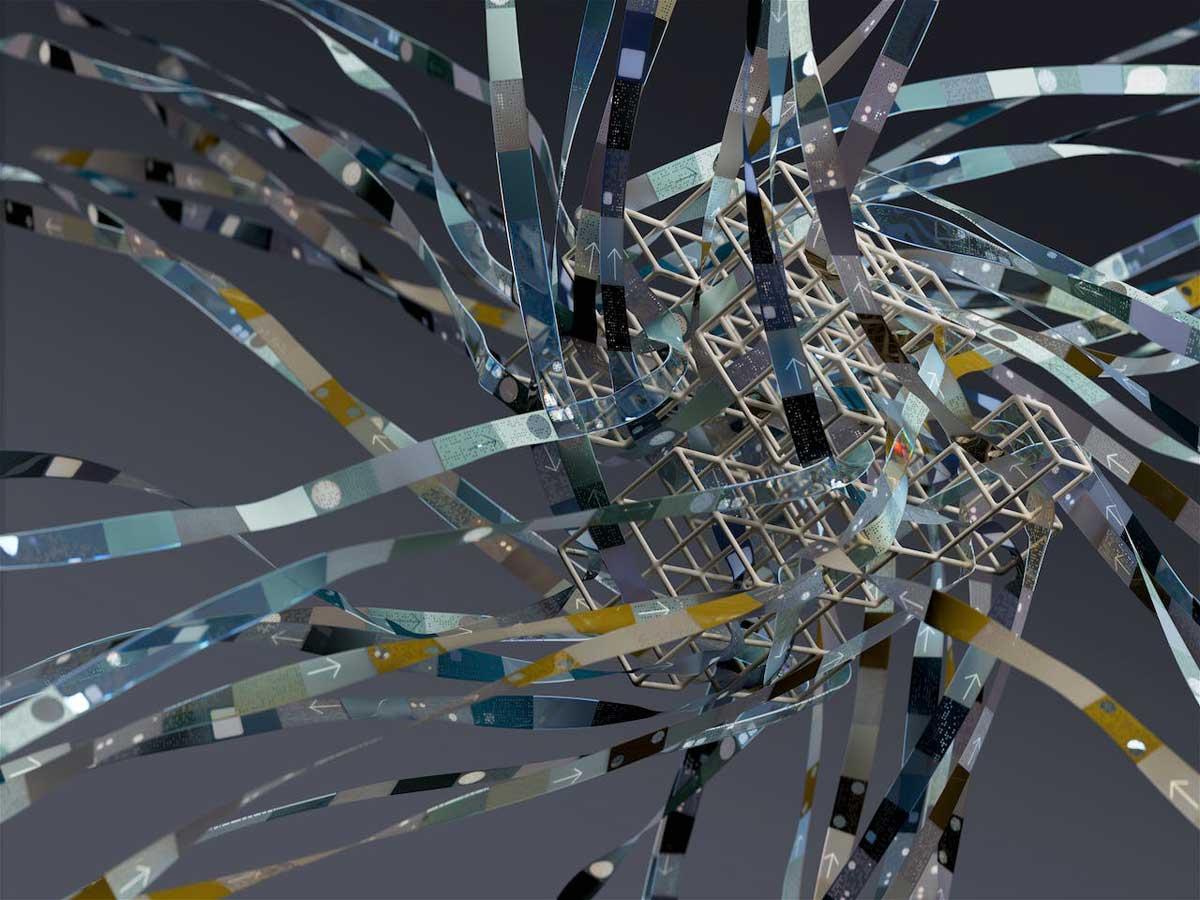By
Tuhu Nugraha
Africa-Press – Mauritius. Why Conventional Foresight Misses the South
In a world increasingly defined by volatility, geopolitical tension, and digital asymmetries, the ability to imagine, not just predict, has never been more vital. While many foresight frameworks—such as scenario planning, design thinking, backcasting, and horizon scanning—offer valuable tools, they often extrapolate from dominant paradigms rooted in Global North contexts. The Global South, with its unique challenges and cultural logics, frequently finds itself absent from these narratives. Many foresight models assume the presence of stable institutions, predictable policy cycles, or mature data infrastructures—elements that are often still emergent or fragmented in Global South contexts. Here, uncertainty is not a temporary disruption but a structural condition. Thus, traditional foresight tools can fall short, unable to grasp the fluidity of informal economies, hybrid governance models, or layered identities. It is precisely in this gap that a new approach emerges: Creative Permutation Foresight (CPF).
How CPF Emerged: From Scenario Workshops to Southern Letters
CPF was born unexpectedly. After participating in a fictional scenario-based workshop on geopolitical tech foresight, I found myself triggered by a deep realization. For years, I had been mentally permutating personas, situations, and systemic tensions to imagine alternate realities—but I had never named the method. That night, it finally crystallized: CPF.
Not long after, I began using this lens intuitively while crafting the narrative series P.S. from the South on Medium. Each letter became a quiet experiment in scenario-shifting: What if the voice came from a forgotten street vendor? What if dignity lived in the silence of a digital glitch? Without realizing it, I was applying Creative Permutation Foresight—shuffling characters, cultural contexts, and contradictions to reveal futures that felt emotionally possible, not just logically plausible.
This framework is still far from perfect. It will need time, trials, and thoughtful evolution. But for me, CPF is an approach worth pursuing—a methodology I hope to keep refining in response to the complex challenges and layered risks that define life in the Global South.
What Is CPF? — A Triad of Tools for Imagining Otherwise
Creative Permutation Foresight is a dynamic foresight methodology rooted in three key principles:
Narrative Variation — exploring diverse, sometimes contradictory storylines across cultural and political dimensions
Strategic Empathy — placing human context, emotions, and stakeholder perspectives at the core of scenario design
Pattern Recognition — not as data science alone, but through sense-making that includes intuition, system observation, and non-linear mapping
CPF complements and extends models like scenario planning or speculative design by shifting the focus from plausibility to emotional truth, from logical extrapolation to grounded cultural insight.
This approach does not seek certainty. Instead, it embraces complexity, contradiction, and multiple coexisting truths—especially in regions like the Indo-Pacific or Sub-Saharan Africa, where historical asymmetry and present instability collide.
Why the Global South Needs CPF — Making Space for Our Own Futures
The Global South does not lack imagination—it often lacks permission. CPF provides a narrative and intellectual space for that imagination to become strategic. It recognizes that foresight cannot be copy-pasted from contexts with vastly different governance, socio-technical realities, or historical burdens.
This is not to suggest that Western foresight models are wrong or misguided—they have generated valuable insights in the contexts they were designed for. But applying them wholesale to the Global South often results in a mismatch. CPF starts with human-grounded plurality because it acknowledges that our realities are layered, hybrid, and historically uneven. It permits nations, communities, and actors to explore what futures might emerge from their own cultural logic, not merely imported frameworks.
AI as Enabler, Not Replacer — Co-Creating Futures with Machines
CPF also acknowledges the growing role of AI in expanding what’s possible. In fact, it would be difficult to practice CPF meaningfully today without AI. From generating simulated narratives to scanning signals of weak emergence, AI augments human creativity, helping us scale foresight across multiple layers.
Yet, the human remains central. AI does not replace the intuition needed to filter relevance, or the empathy required to imagine others’ perspectives. In CPF, AI is a co-pilot—structured, logical, and fast—while the human brings discernment, ethics, and cultural nuance.
More than just a technical assistant, CPF becomes a powerful use case of how AI can augment human insight rather than replace it. This methodology reframes AI not as a threat, but as a necessary partner to help the Global South navigate the very disruptions AI itself accelerates. We may not have the luxury to stop AI innovation, but we do have the power to shape how it is embedded—creatively, ethically, and contextually—into our strategies for survival and transformation.
Moving Forward — Clarity in Motion, Not a Final Destination
Creative Permutation Foresight is still evolving. It is not a fixed model but an open invitation: to think from the margins, to embrace speculative empathy, and to restore the dignity of Global South imaginaries in future-building.
CPF is clarity in motion—not a destination, but a way of moving.
In an age obsessed with optimization, CPF offers a slower, deeper way of navigating. Not to outpredict the future, but to reshape the very questions we dare to ask about it.
CPF in Action — A Micro Use Case
Imagine a local policy team in Eastern Indonesia using CPF to explore future coastal livelihoods under climate stress. Instead of starting with macroeconomic models, they begin with the stories of seaweed farmers, displaced youth, and indigenous elders. With AI tools helping to weave and permutate scenarios, the team surfaces futures where traditional knowledge merges with climate tech—and where resilience is imagined not as adaptation alone, but as cultural continuity redefined.
moderndiplomacy
For More News And Analysis About Mauritius Follow Africa-Press







